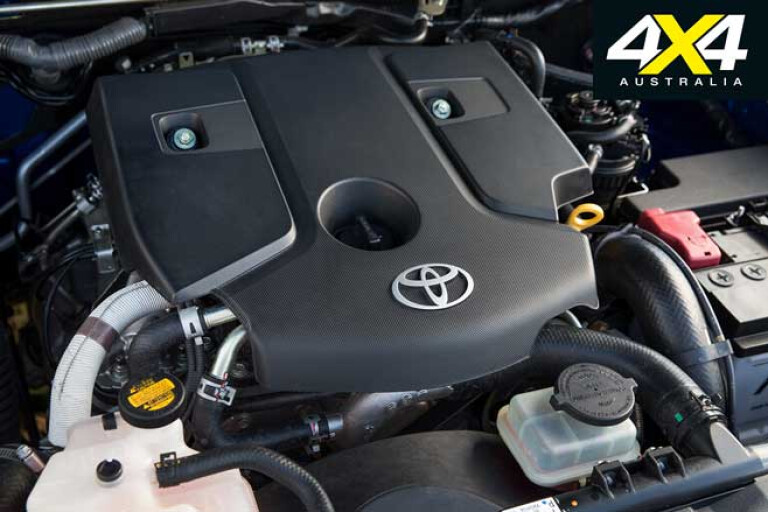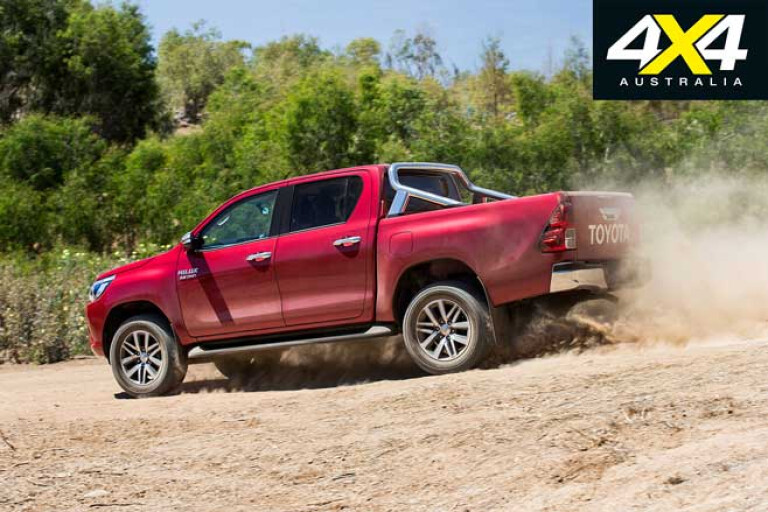
It’s not often I find myself defending Toyota, a company whose 4x4s I nevertheless admire, but here I am. What brings me here is the problem with the diesel particulate filters fitted to current Hilux, Prado and Fortuner models (specifically with the 2.8-litre diesel engine), and the class-action lawsuit recently filed on behalf of owners of the same.
The lawsuit covers vehicles sold from October 2015 on (which was when the 2.8 arrived) and claims “Toyota Australia has engaged in conduct that was misleading or deceptive and, in the circumstances, unconscionable”. Much of the subsequent mainstream media coverage carried the same tone.

The problem is that the diesel particulate filter (DPF) can become partially or even completely blocked, which has a negative effect on performance and fuel consumption, and can lead to excessive exhaust smoke and even the engine shutting down altogether. When functioning properly, DPFs self-clean by heating up and burning off the collected soot in a relatively ‘clean’ process called filter regeneration.
In the broader world this is not a Toyota-specific problem but is more symptomatic of a not-perfect technology that is used so that diesel engines can meet the ‘Euro 5’ exhaust emissions standard in force in Australia today.
While Euro 5 doesn’t mandate the use of a DPF, the allowable level of diesel particulates is very much reduced compared to the previous standard, Euro 4, and the DPF is the industry-wide solution to these demands. In the case of a light commercial vehicle like the Hilux, the level of allowable particulates is reduced by a massive 92.5 per cent to just a faction of what it was under Euro 4, so no easy task for even the most sophisticated technology.
In part Toyota is a victim of its own success due to the sheer number of 2.8s sold since late-2015, given the Hilux has been Australia best-selling car during that time, and most Hiluxes have the 2.8. Add to that the strong sales of the Prado, 99 per cent of which have the 2.8, and all Fortuner models, which only come with the 2.8.

No other engine has sold here in such big numbers in that time, so even if there’s a standard-occurrence, across-the-board problem with DPFs, more 2.8s will be affected simply because there are more of them on the road in the first place.
At the risk of offending Toyota owners, perhaps being more conservative – let’s say sensible – in their car choice also may mean they don’t drive as briskly as others, being the good, sensible folk they are? Driving more slowly, especially for shorter distances and in urban environs is more likely to bring on an issue with the DPF.
DPFs have had problems ever since Euro 5-compliant cars were first imported from Europe nearly 10 years ago, as Euro 5 implementation kicked off in Europe well before it did here. Right from day one a common fix for a car presenting at the dealer with DPF issues was that the mechanic would take it out onto the closest freeway and give it decent boot along.

Regardless of all this, Toyota has moved to address the issue for owners reporting a problem via a free-of-charge re-programming of the engine ECU and/or a replacement of the DPF. Since mid-2018 Toyota has also starting fitting a manual DPF regeneration switch to its relevant new models, but states not everyone will need to use it, which reinforces the fact that this is a car-usage related issue.
In the broader picture, it should be noted that the high-tech diesel revolution in passenger cars and light commercials started in Europe more than two decades ago due to a diesel’s lower ‘greenhouse gas’ production compared to an equivalent petrol engine.
Consequently, European Union bureaucrats saw diesels as climate-change saviours without seemingly foreseeing the particulates problem, or diesel’s high production of nitrogen oxides, which is also detrimental to human health and an issue addressed by Euro 6. And perhaps the car companies at the time were remiss in not pointing out to the bureaucrats that while diesels may address the greenhouse issue they will bring problems of their own…

COMMENTS